Industrial Applications and Technical Principles of Modern Rice Husk Boiler Design
Rice husk, as an abundant agricultural by-product available across Asia, South America, and other rice-producing regions, offers stable calorific value and a predictable combustion profile when used in a well-engineered system. A well-structured rice husk boiler design must account for the fuel’s low density, silica content, and combustion behavior so that the furnace, grate, and heat-transfer surfaces work together to achieve a stable and efficient steam-generation process. Because of this, enterprises in the food sector, starch and grain processing, chemical manufacturing, beverage production, textiles, paper and pulp, and feed manufacturing increasingly rely on rice husk boilers as part of their renewable-fuel strategies.
By combining manufacturing experience with advanced engineering practice, ZOZEN develops rice husk boiler design solutions that meet both production demands and long-term operating expectations. The company’s SZL biomass steam boiler series demonstrates these principles through well-defined furnace configuration, water-tube circulation, and chain-grate combustion systems that can accommodate rice husk and various compatible biomass fuels.
Technical Features of ZOZEN SZL Biomass Boilers Under the Rice Husk Boiler Design Concept
ZOZEN’s SZL series biomass steam boilers represent an engineering approach that aligns closely with modern rice husk boiler design requirements. The boiler adopts a horizontal double-drum water-tube structure with longitudinal arrangement, a configuration chosen for its stability during long-term operation and its ability to respond to dynamic load changes. The upper drum operates as the main steam-water separation chamber, while the lower drum connects with convection tubes and water-cooled wall circuits to form a complete and efficient water circulation loop. This design supports rapid heat absorption and stable steam generation, which are essential for industries that run production lines for most hours of the day.
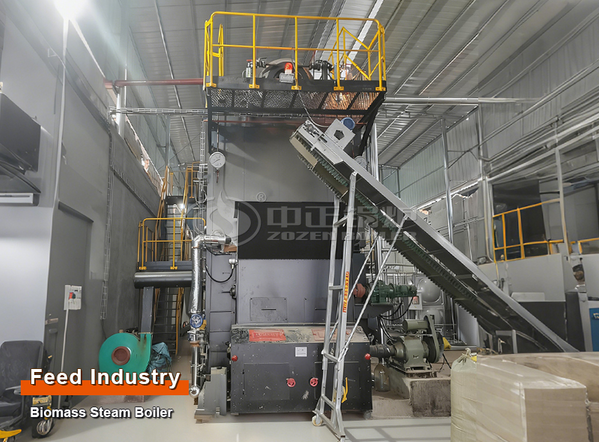
ZOZEN 4 ton DZL series rice husk boiler design
Because a rice husk boiler design must handle the particular combustion behavior of rice husk, ZOZEN equips the SZL boiler with a spacious furnace enclosed by membrane water-cooled walls. This arrangement enhances radiation heat transfer and creates a controlled environment for the combustion of rice husk, which often contains higher ash content and requires a longer retention time to achieve complete burnout. The chain grate is sized to match the low bulk density of rice husk and to maintain a uniform fuel bed. Air distribution is separated into primary and secondary zones, promoting better mixing of air and volatile components and improving the completeness of combustion.
The boiler’s convection heating surfaces are arranged to allow effective heat absorption while mitigating fouling, a common concern in any rice husk boiler design due to the presence of silica in the ash. ZOZEN integrates an economizer in the rear section to recover remaining heat in flue gas, improving the overall fuel-to-steam performance. While the exact thermal efficiency depends on installation conditions and fuel characteristics, the SZL series emphasizes maximizing heat-transfer effectiveness through well-defined surface arrangements and stable combustion.
Structural durability is central to any modern biomass system. ZOZEN applies automated welding processes, nondestructive examinations, and pressure-part quality control to ensure that the boiler body maintains long-term structural reliability. The balanced draft system helps maintain stable furnace pressure, contributing to steady flue-gas flow and reducing combustion fluctuations. For rice husk in particular, ash-removal systems are configured to handle the fuel’s fine particles and higher ash content, preventing excessive accumulation and supporting steady heat-transfer performance throughout the operating cycle. The integration of optimized soot-cleaning components ensures that the heating surfaces remain efficient during extended industrial operation.
Engineering Case: Biomass Steam Solution for the Animal Feed Industry
During feed production, steam quality directly influences multiple critical steps. Conditioning requires steam with stable temperature and pressure to soften raw materials evenly. Extrusion depends on consistent thermal input to shape the feed properly, while drying demands reliable steam volume to maintain throughput. A manufacturer in the feed industry confronted several challenges that reflect broader conditions across the sector. Large quantities of steam were required daily, and fluctuations in fuel consumption significantly affected overall production costs. As the industry faced increasing expectations to adopt renewable fuels, a transition toward biomass became a practical and policy-supported direction. At the same time, the production process could not tolerate variations in steam pressure or temperature, since they risked affecting feed texture, pellet integrity, and output capacity.
In response to these challenges, the company adopted ZOZEN’s SZL series biomass steam boiler, a solution built on the principles of reliable rice husk boiler design and adapted to the requirements of continuous feed manufacturing. The horizontal double-drum structure ensured stable water circulation, while the water-cooled walls and convection surfaces created a heat-transfer system capable of maintaining operational consistency. Once commissioned, the boiler delivered steam with steady pressure characteristics, supporting conditioning, extrusion, and drying processes without interruption.
The availability of local biomass materials, including rice husk and similar agricultural residues, allowed the plant to use fuels that aligned with its sustainability goals while managing overall energy expenditure. The coordinated action of the chain-grate combustion system, air distribution controls, and economizer helped the enterprise reach the performance level expected from a modern rice husk boiler design. Ash-handling and soot-cleaning equipment matched the characteristics of rice-husk-based fuel, enabling the boiler to operate for long periods with stable heat-transfer surfaces and reduced manual maintenance. As a result, the feed production line gained a dependable steam source that supported its continuous, high-load operating model.
Conclusion: Advantages of ZOZEN’s Rice Husk Boiler Design and Service Capabilities
As more industries invest in renewable-fuel solutions, a carefully engineered rice husk boiler design becomes essential for achieving both environmental goals and long-term operational benefits. ZOZEN’s SZL series biomass boilers demonstrate how structural design, heat-transfer configuration, and combustion control can be aligned with the characteristics of rice husk to create dependable and efficient steam-generation equipment. With its double-drum layout, water-tube circulation, optimized furnace dimensions, and stable chain-grate combustion, the SZL series offers the performance profile required by industries that rely on continuous steam supply.
Beyond the equipment itself, ZOZEN provides technical consultation, installation guidance, commissioning support, and long-term service to ensure that each system operates in accordance with the user’s fuel conditions and production requirements. This combination of engineering quality and comprehensive service makes ZOZEN a reliable partner for enterprises seeking to adopt a modern rice husk boiler design that supports clean energy use and stable industrial output.

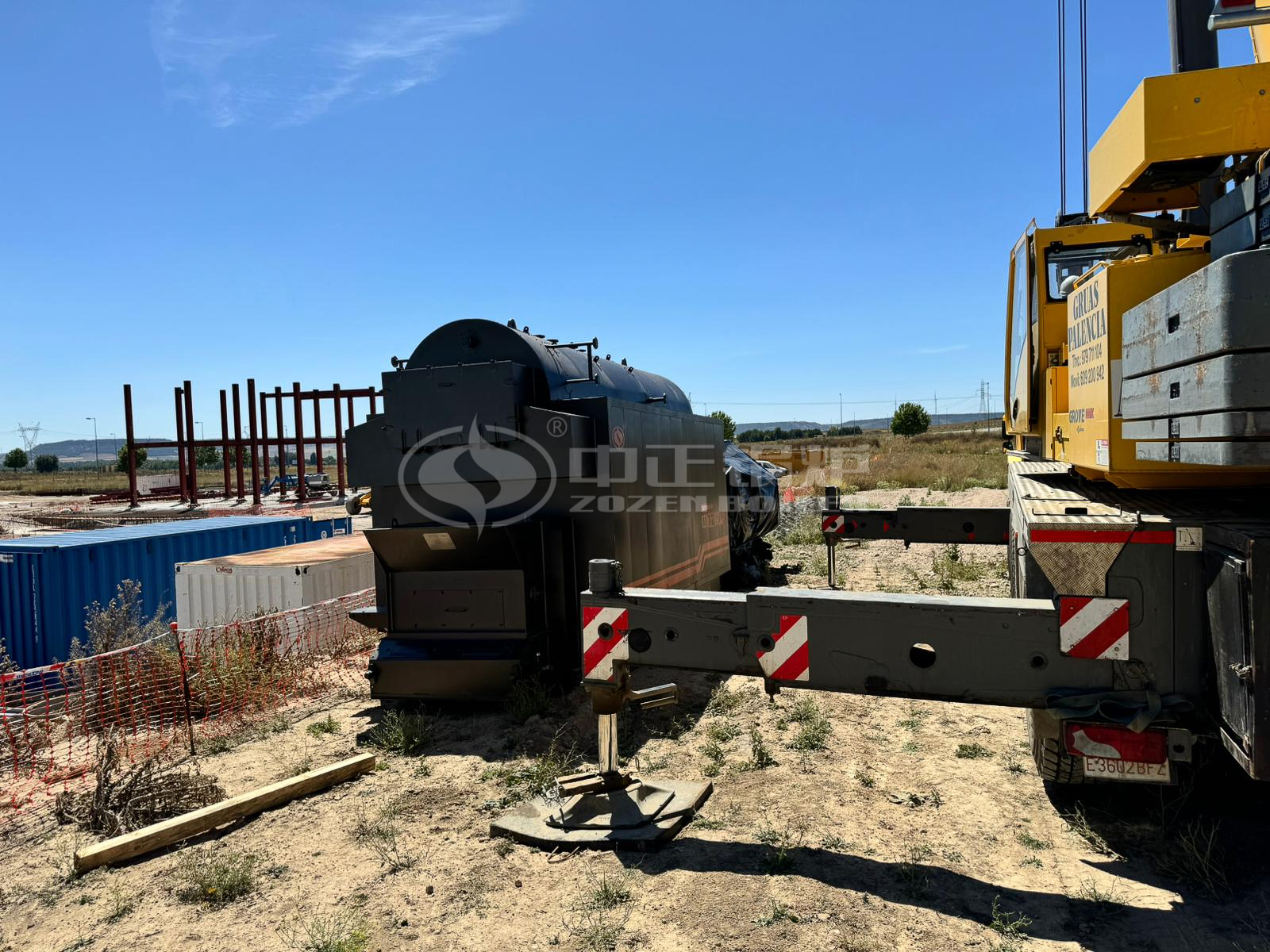
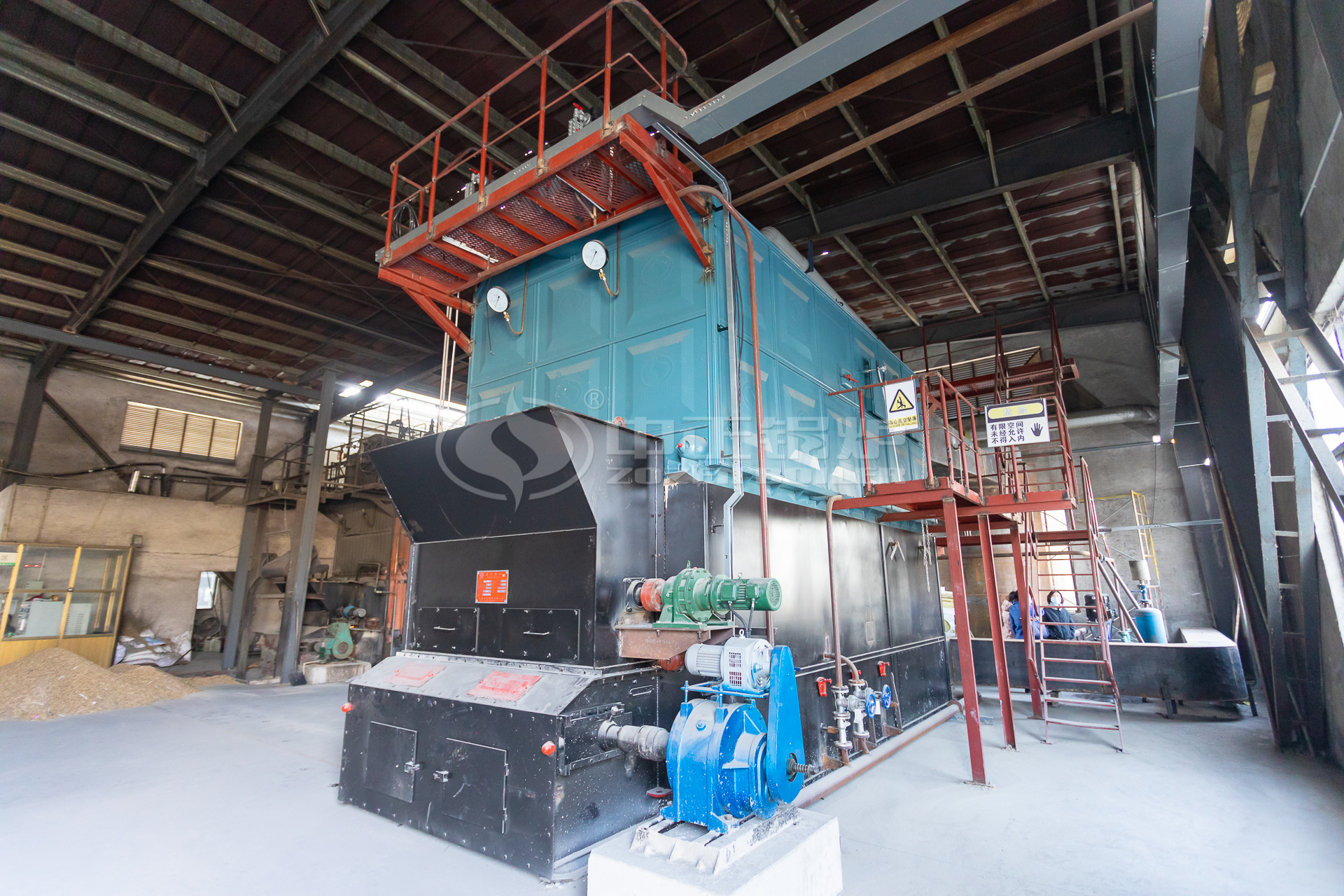




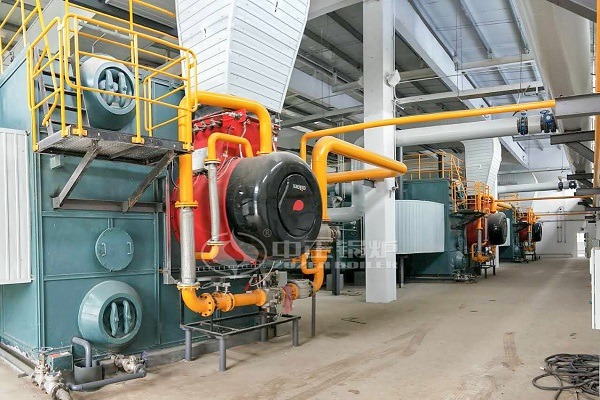
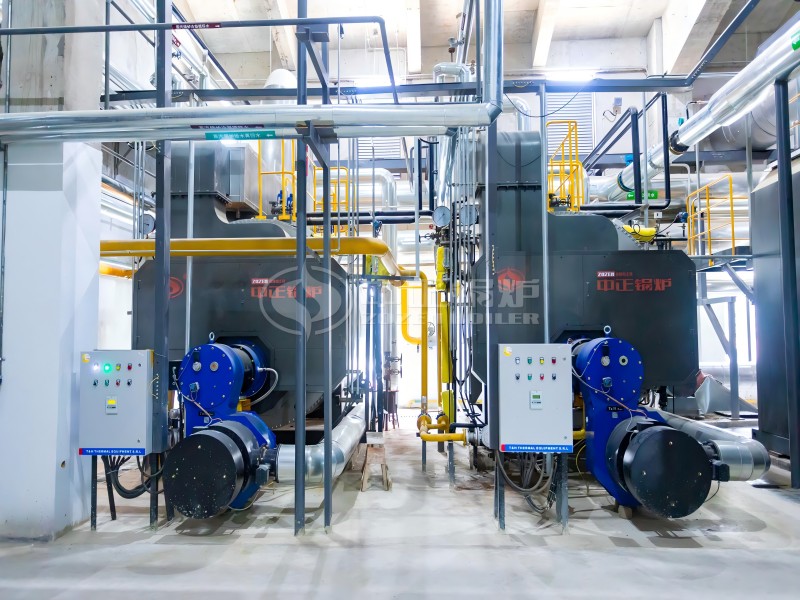
Leave a Reply